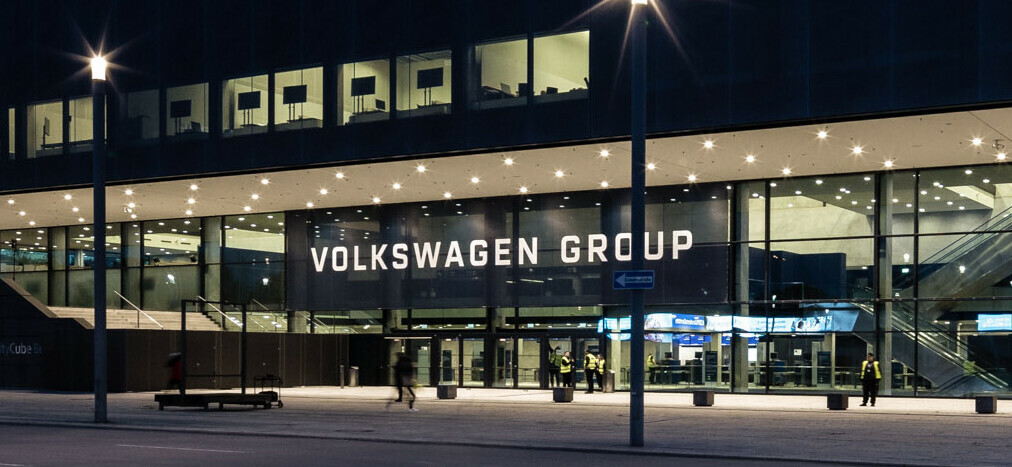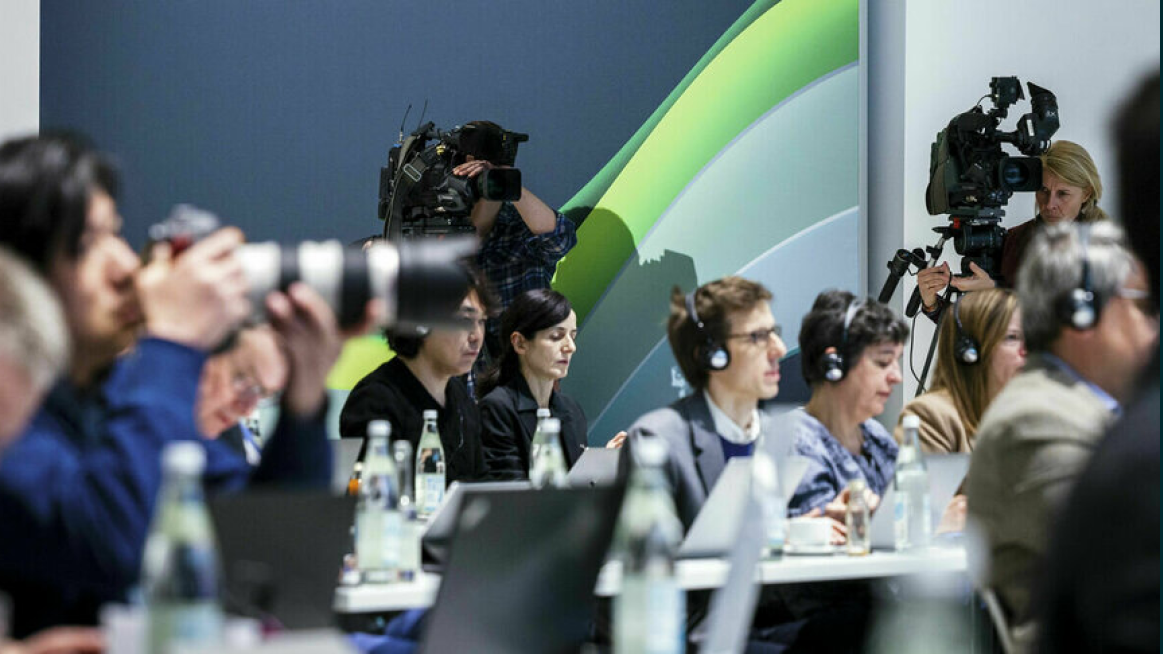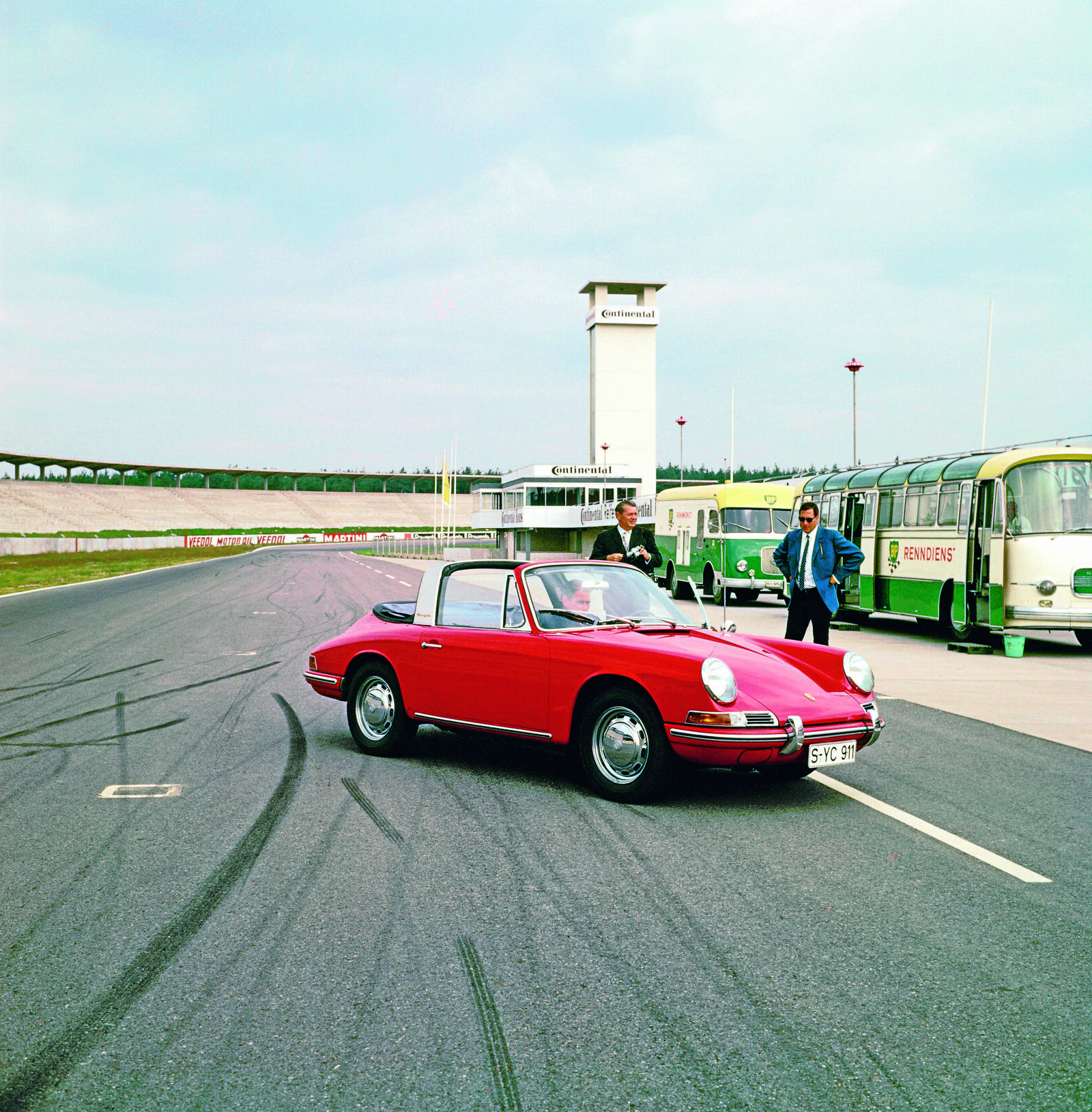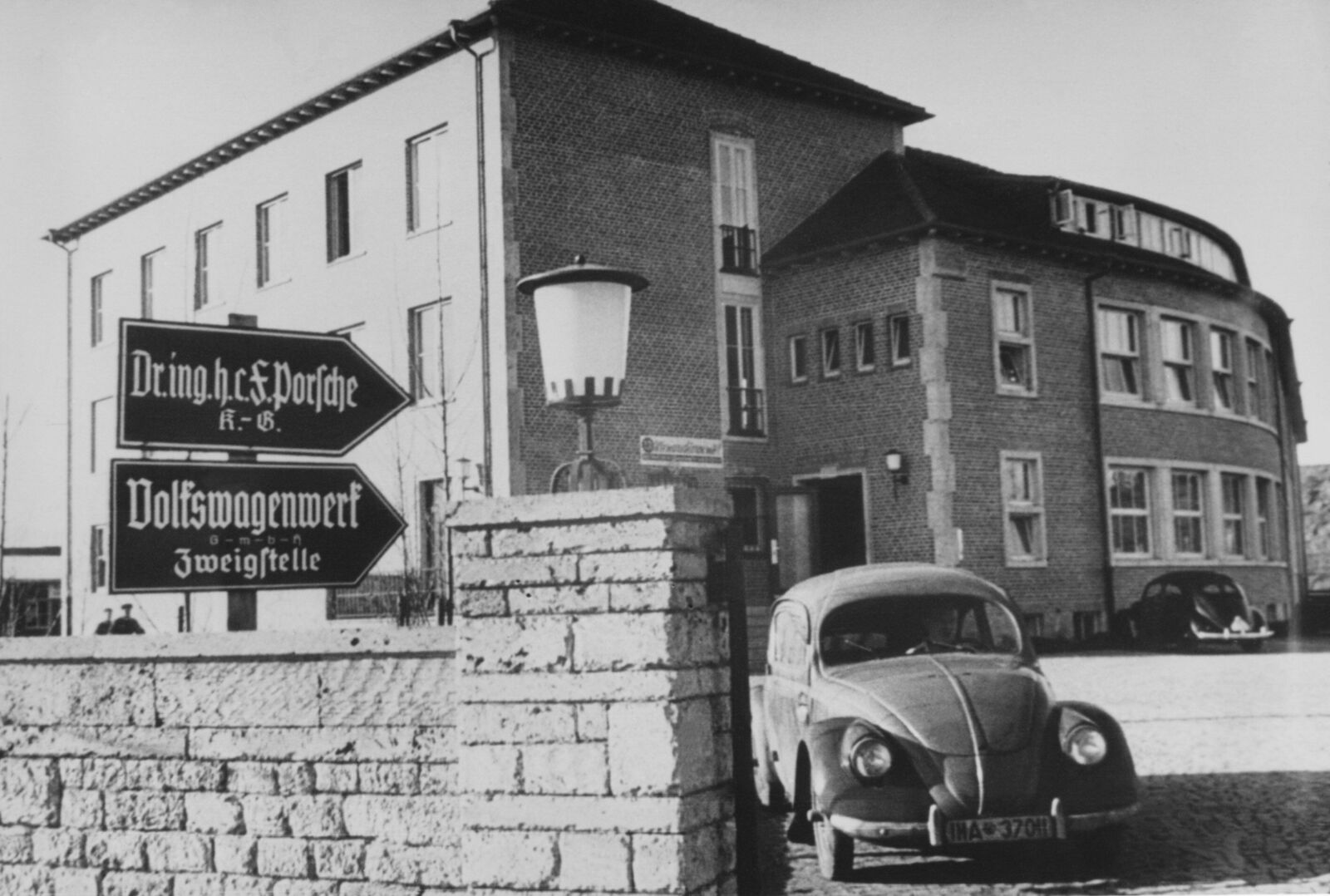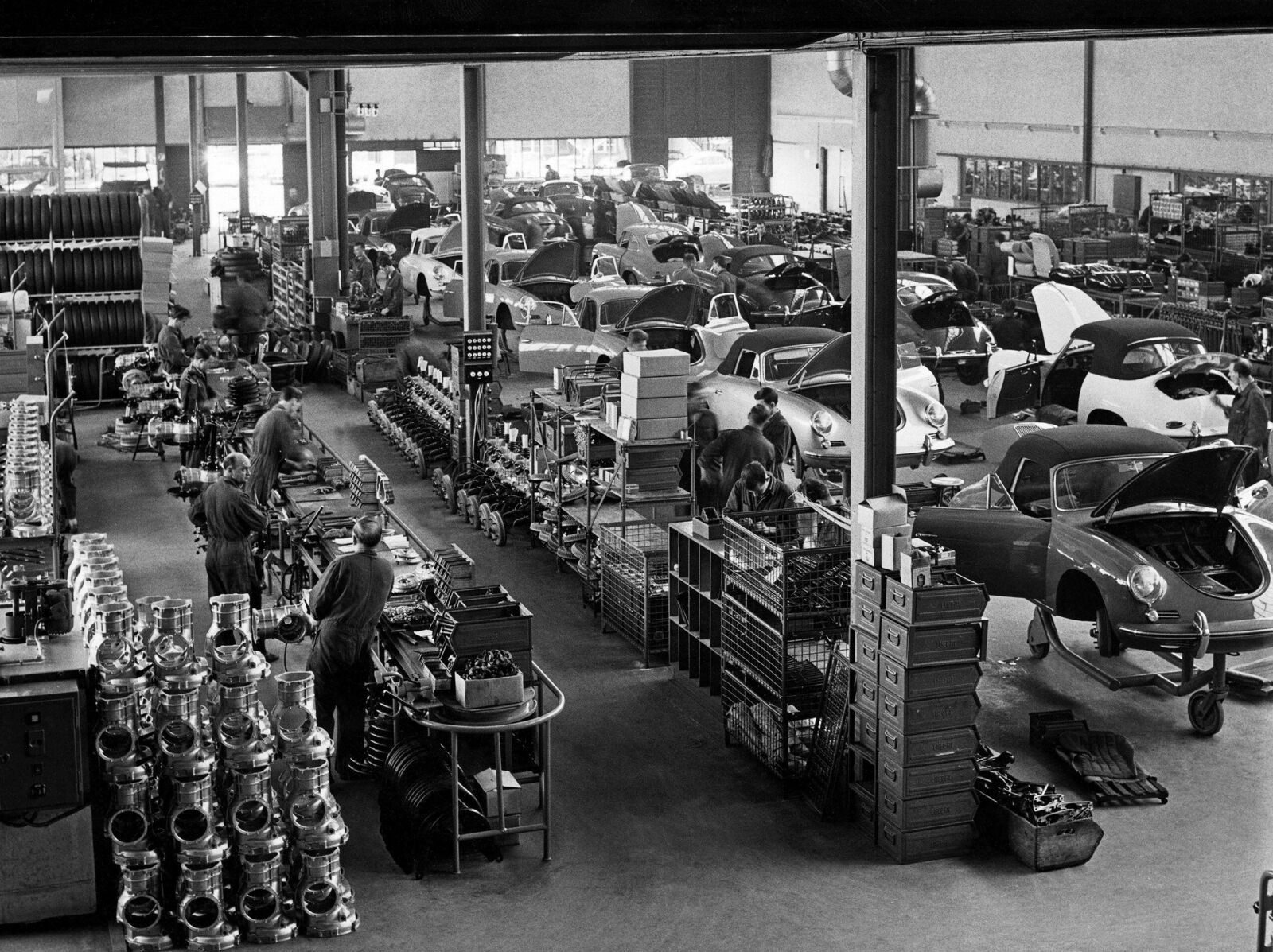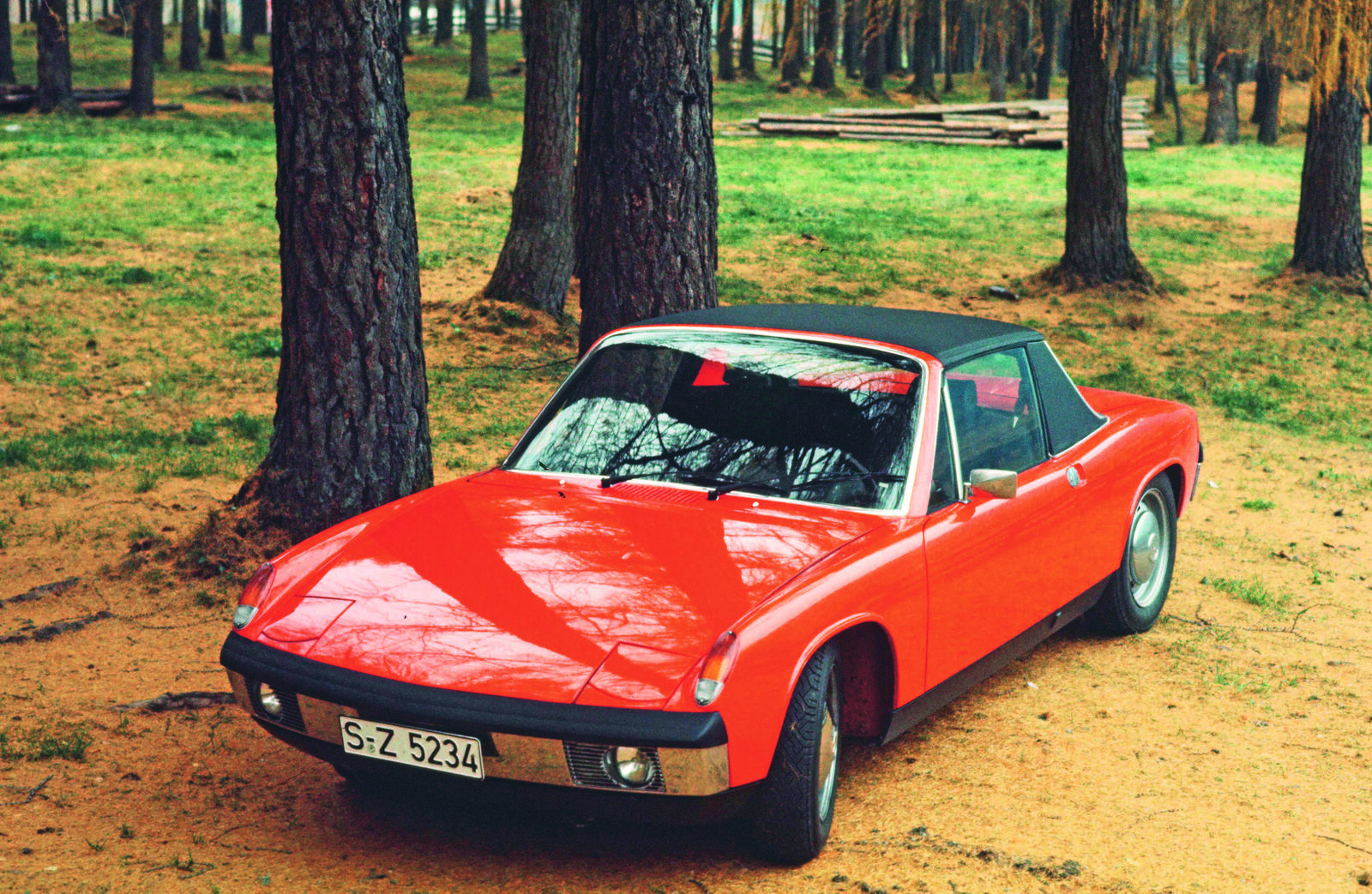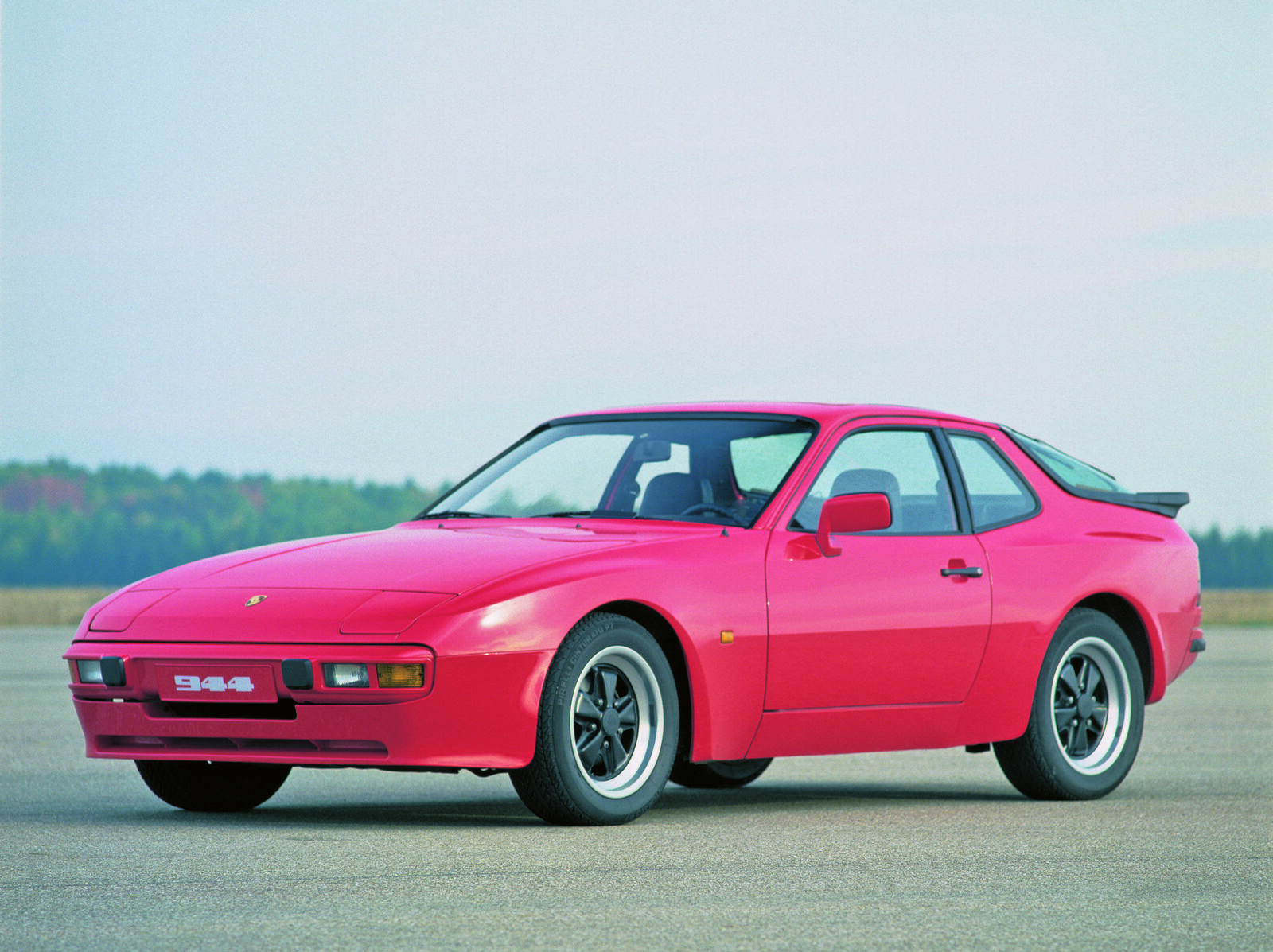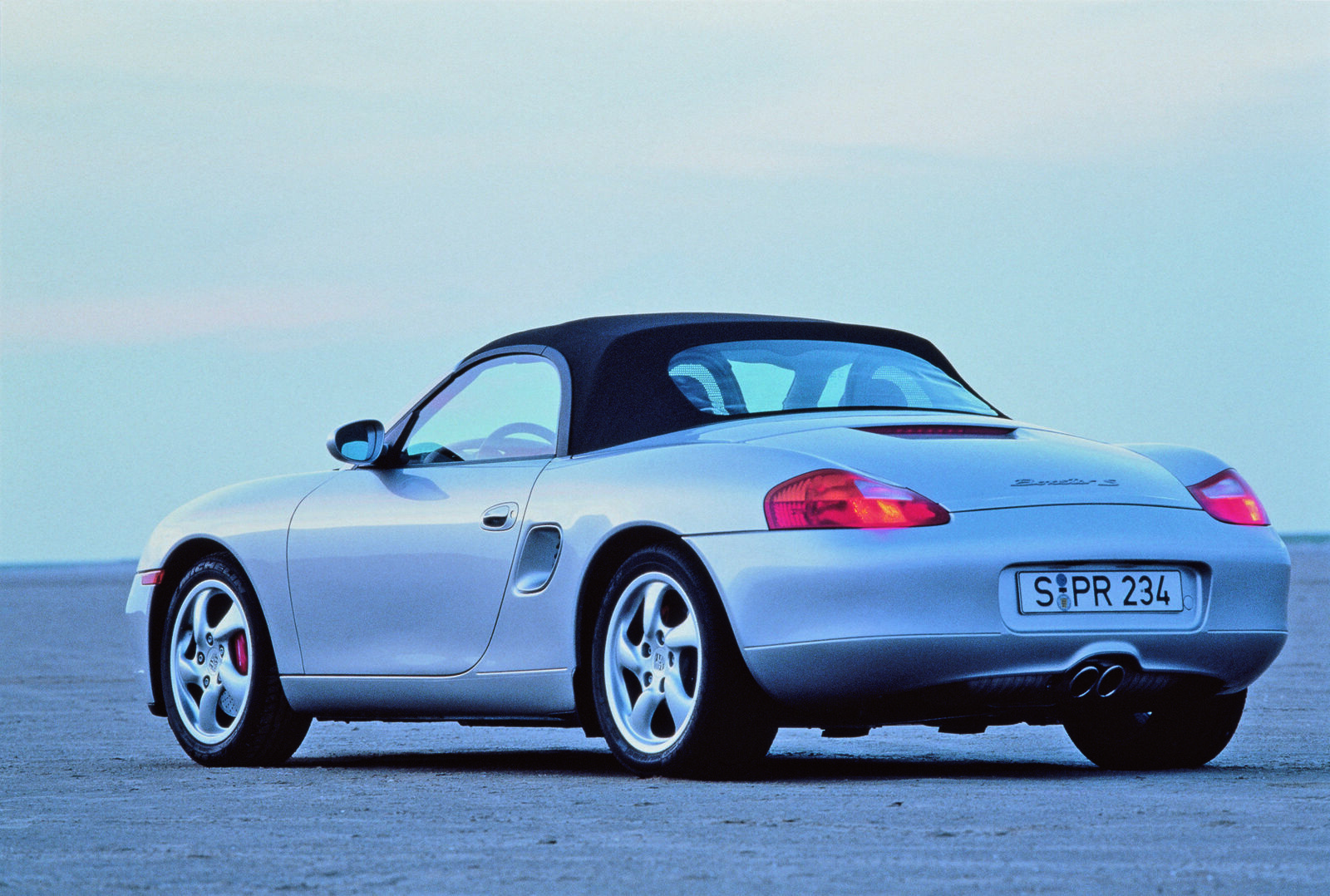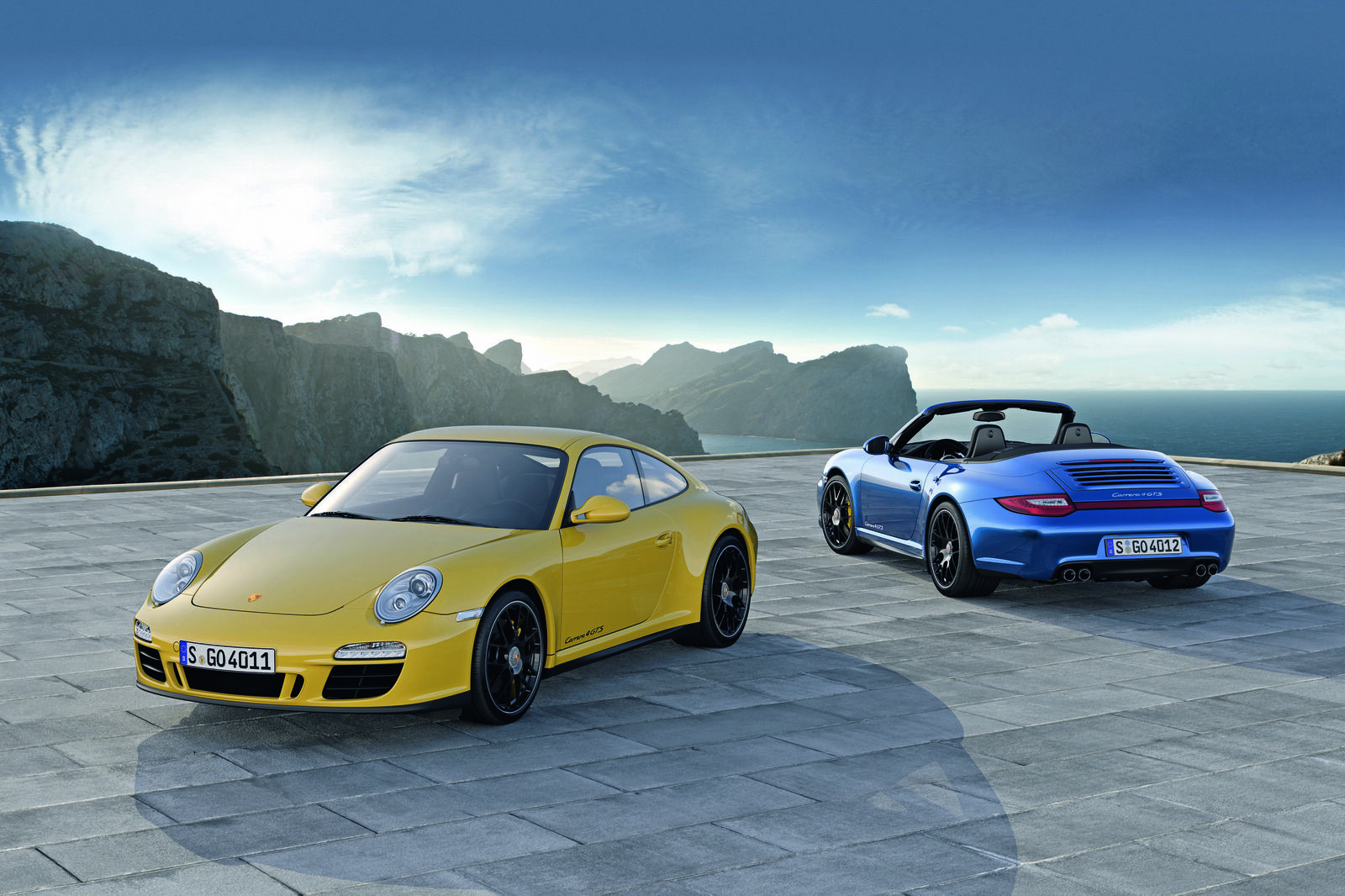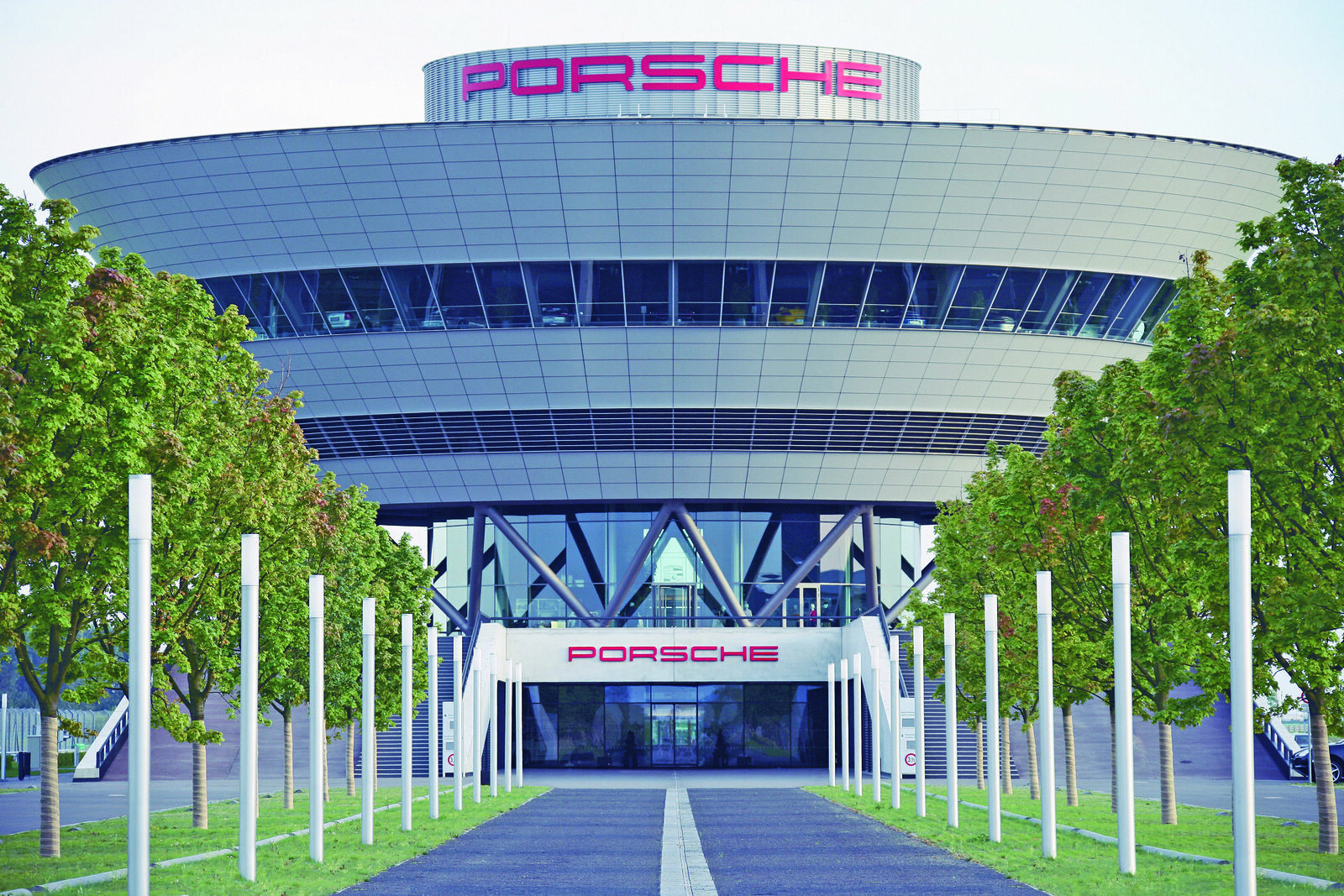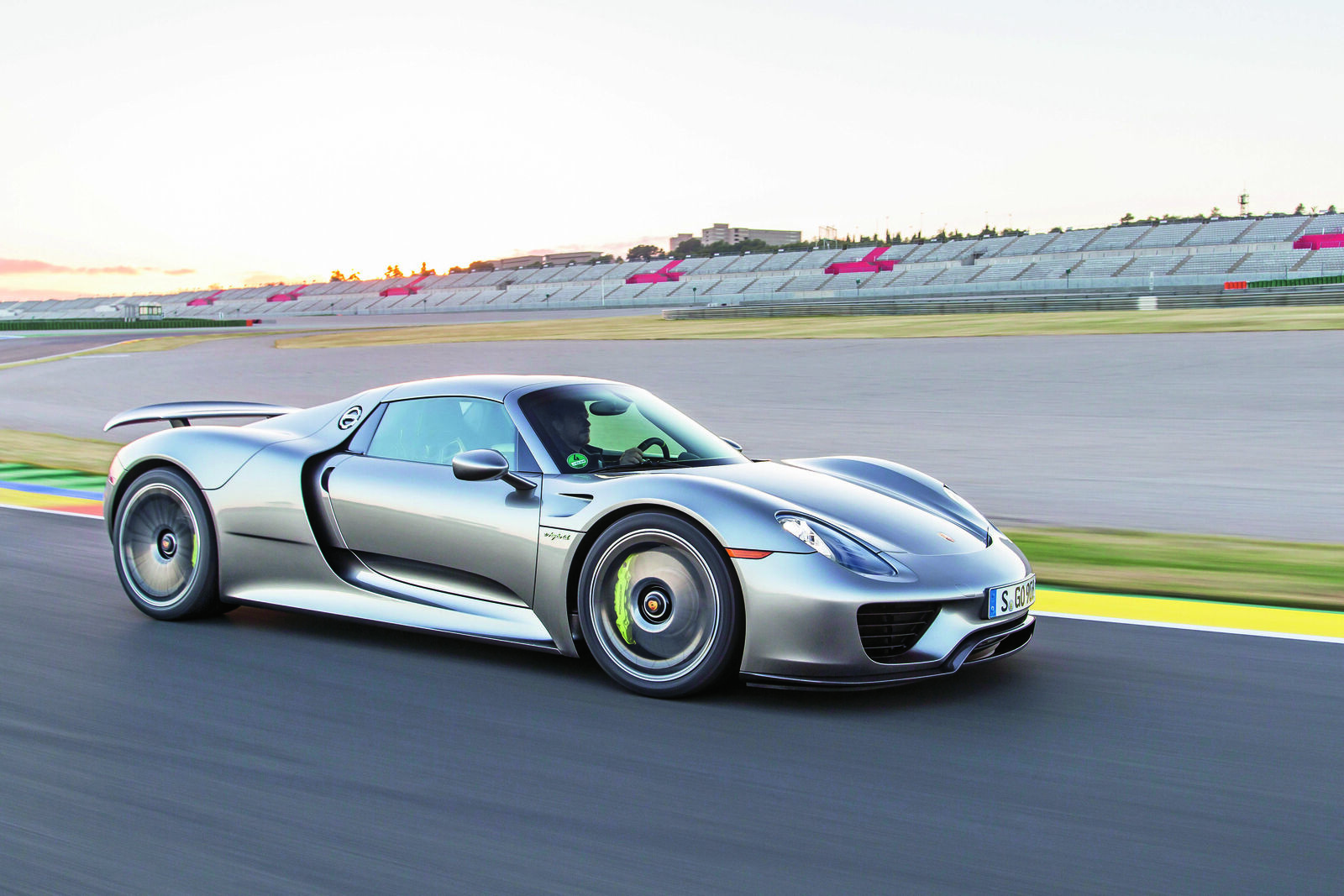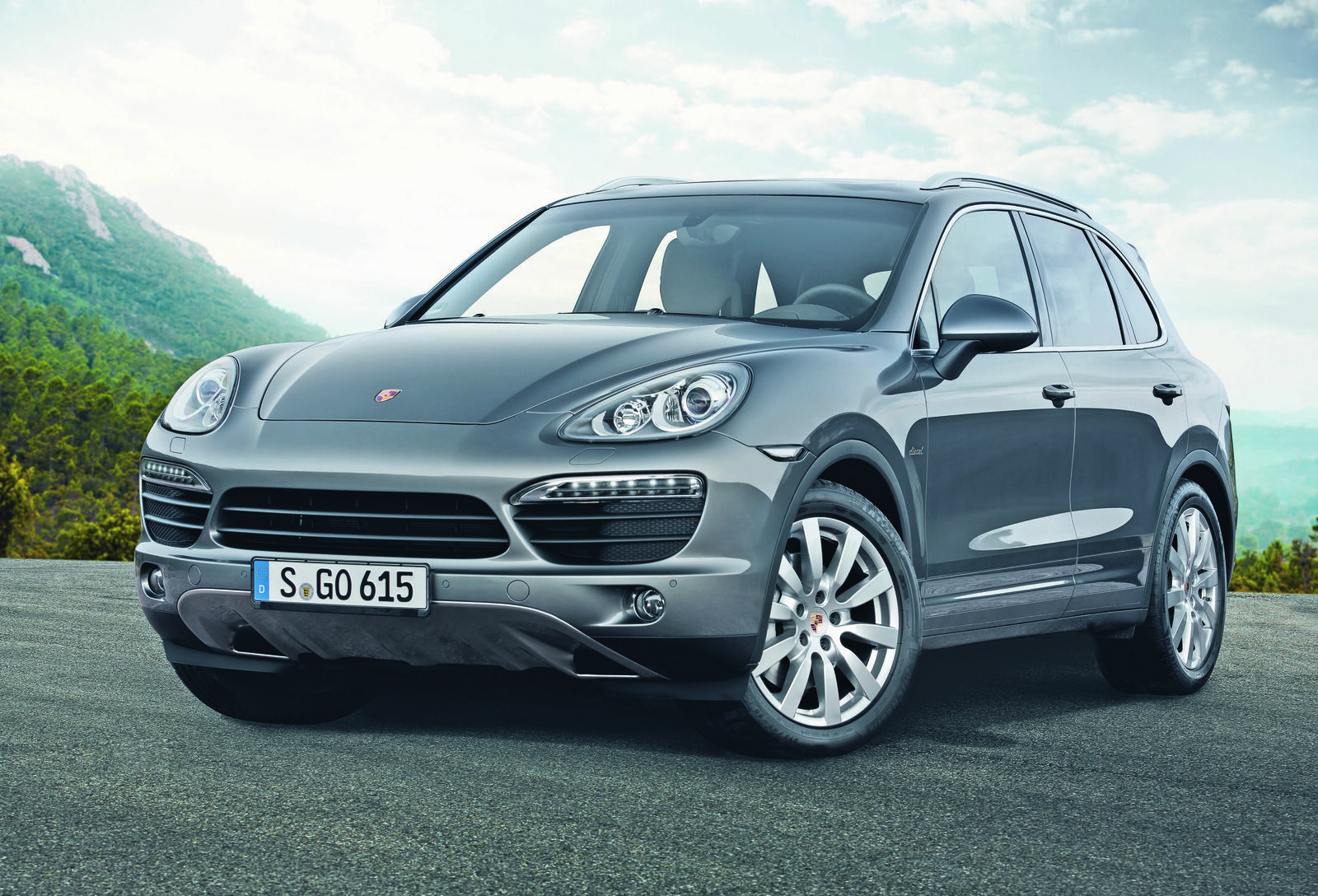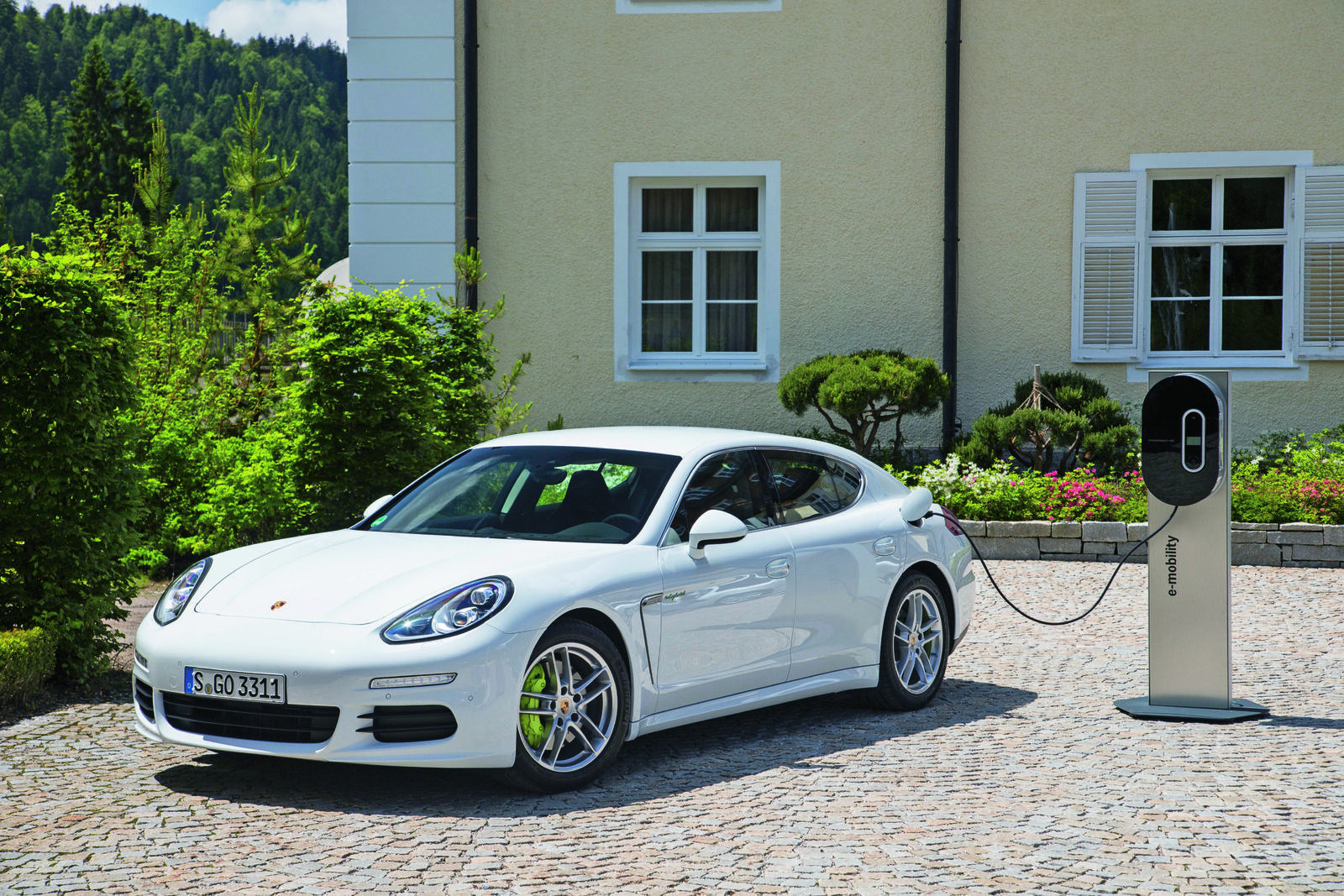A proposed ban on convertibles on the key US market in 1965 threatened to hit Porsche hard. The sports car-maker responded by building the 911 Targa, fitted with an anti-roll bar as standard. In 1967 Porsche cleared more selling hurdles by becoming the first European car-maker to meet the more stringent US emission standards.
Porsche also intensified its co-operation with Volkswagen. In 1966, the two companies agreed to develop a successor to the outdated Volkswagen Karmann Ghia sports coupe. The plan was to position what was to become the V W-Porsche 914 below the 911 segment and to make the model compatible with both manufacturers’ selling programmes. To sell the second Porsche model series, the V W-Porsche Vertriebsgesellschaft was established, with both manufacturers owning an equal share in the sales company. The so-called “Volksporsche” launched in 1969 only partially met its selling expectations however. Whereas the V W-Porsche 914 with the 6-cylinder engine sold slowly, demand for the much cheaper 4-cylinder engined variant was high: the 914/4 sold 13,000 units in 1970 alone.
The transformation of Porsche into a stock corporation with effect from August 1, 1972 fundamentally altered the corporate structure. The Piëch and Porsche families who owned the business decided that the family members would withdraw from operational control, leaving it in the hands of appointed management. From that time on, the families fulfilled their role through the Supervisory Board, which for many years was chaired by Ferry Porsche. The finances of the stock corporation remained under severe pressure, among other factors resulting from the construction of a new head office administration building in the Tammerfeld district of Ludwigsburg. Bans on Sunday driving and speed restrictions following the oil price shock in 1973 were causing uncertainty among car-buyers in Germany. Porsche cut its daily production from 72 to 50 units and introduced short-time working, though it did initiate an expansion of its model range. With the G-series, Porsche initially placed its faith in a new generation of the 911 featuring safety bumpers, integrated head restraints, steering wheel mounted airbag modules and automatic three-point seat belts. At the high-point of the recession, in 1974, Porsche launched its 911 Turbo 3.0 Coupe super-sports car, developed in close conjunction with the company’s motorsport activities. The Porsche with the distinctive rear wing was initially planned as a small-lot series. But the turbocharged model featuring internally vented disk brakes and offering everyday practicality combined with luxury became a surprise hit. Porsche built 2,850 units of the model in its first three years after launch, enabling the business to power strongly out of crisis.
At the bottom end of the model range, in 1976 the new 924 model replaced the V W-Porsche 914, which ceased production the same year. As in the case of the predecessor model, a collaboration with Volkswagen had been targeted in order to cut costs based on economies of scale in component supply. Volkswagen stopped the joint project in 1975 in order to focus its energies on the new generation of models from the Polo to the Passat, and transferred the 924 model to Porsche. Launched independently as the Porsche 924, the car was made at Audi in Neckarsulm. The new entry-level Porsche broke with the traditional design concept. The 924 featured a water-cooled 4-cylinder front-mounted engine, with a trans-axle transmission sending the power to the rear wheels. In the 1976/77 financial year the 924 accounted for almost half of the company’s total vehicle sales. By the time production was ended in 1988, 150,684 units of the model had been built.
In 1977, Porsche launched a third model series, positioned above the 911: the 928 luxury high-performance sports car. The 928, conceived under the supervision of Anatole Lapine as the successor to the 911, polarised the faithful Porsche customer base with its non-traditional design, moving away from the air-cooled rear-mounted boxer engine to rely on a front-mounted water-cooled 8-cylinder engine, as well as featuring rear wheel transmission, an aluminium chassis and a new rear axle.

